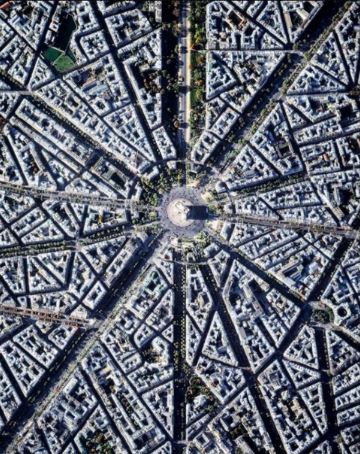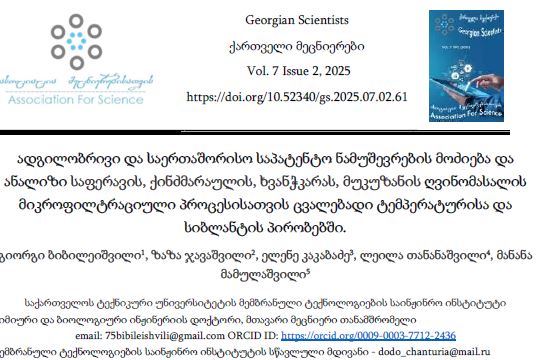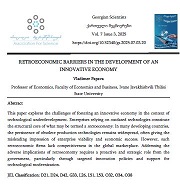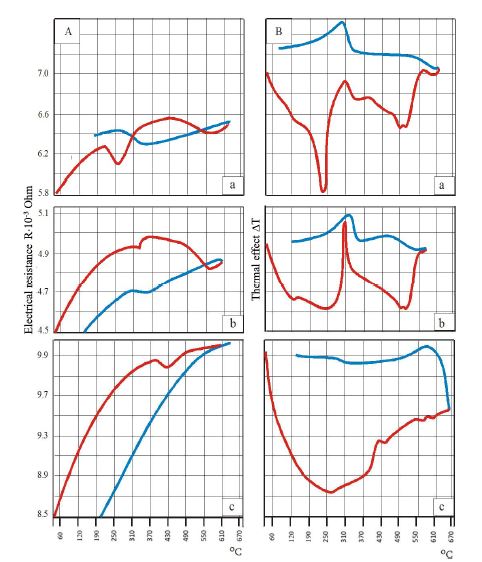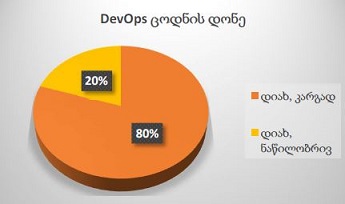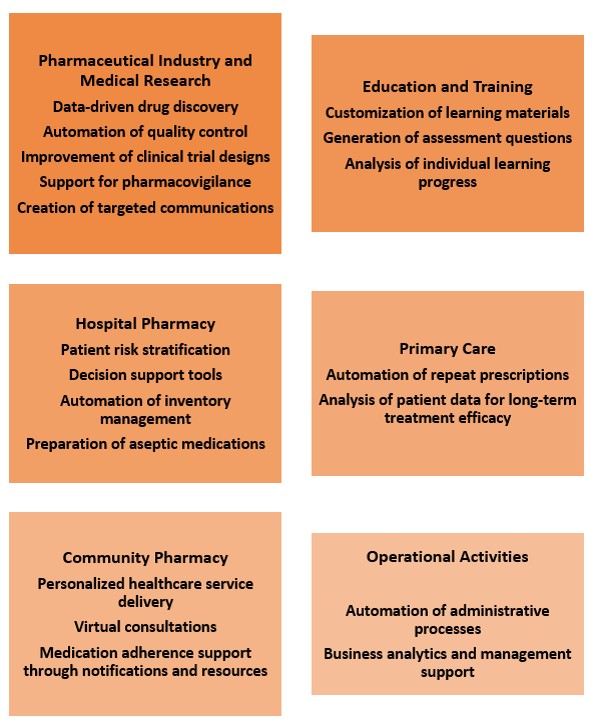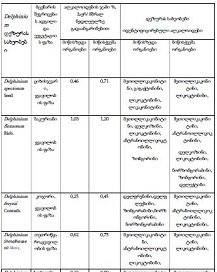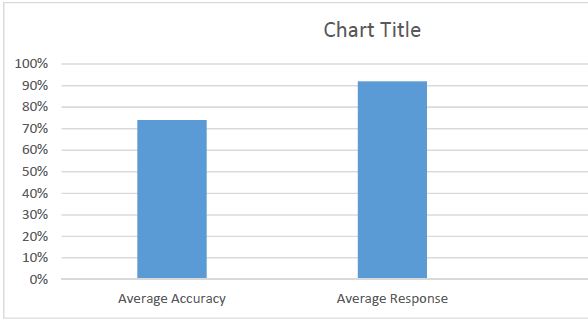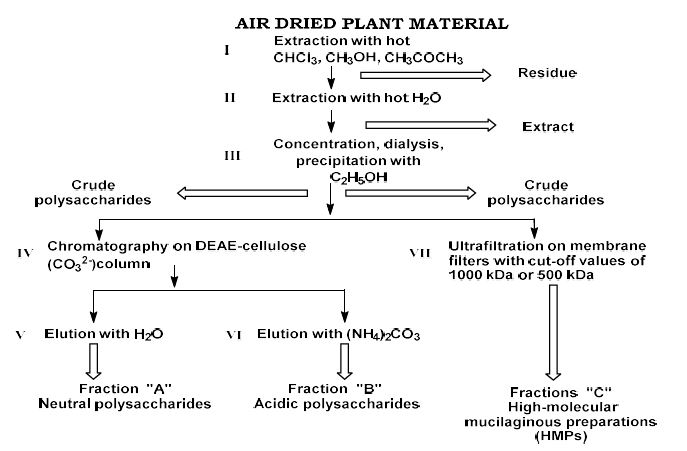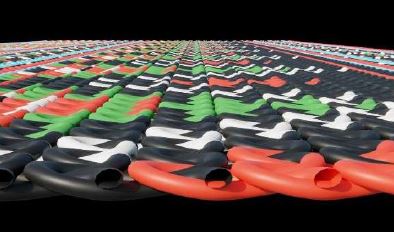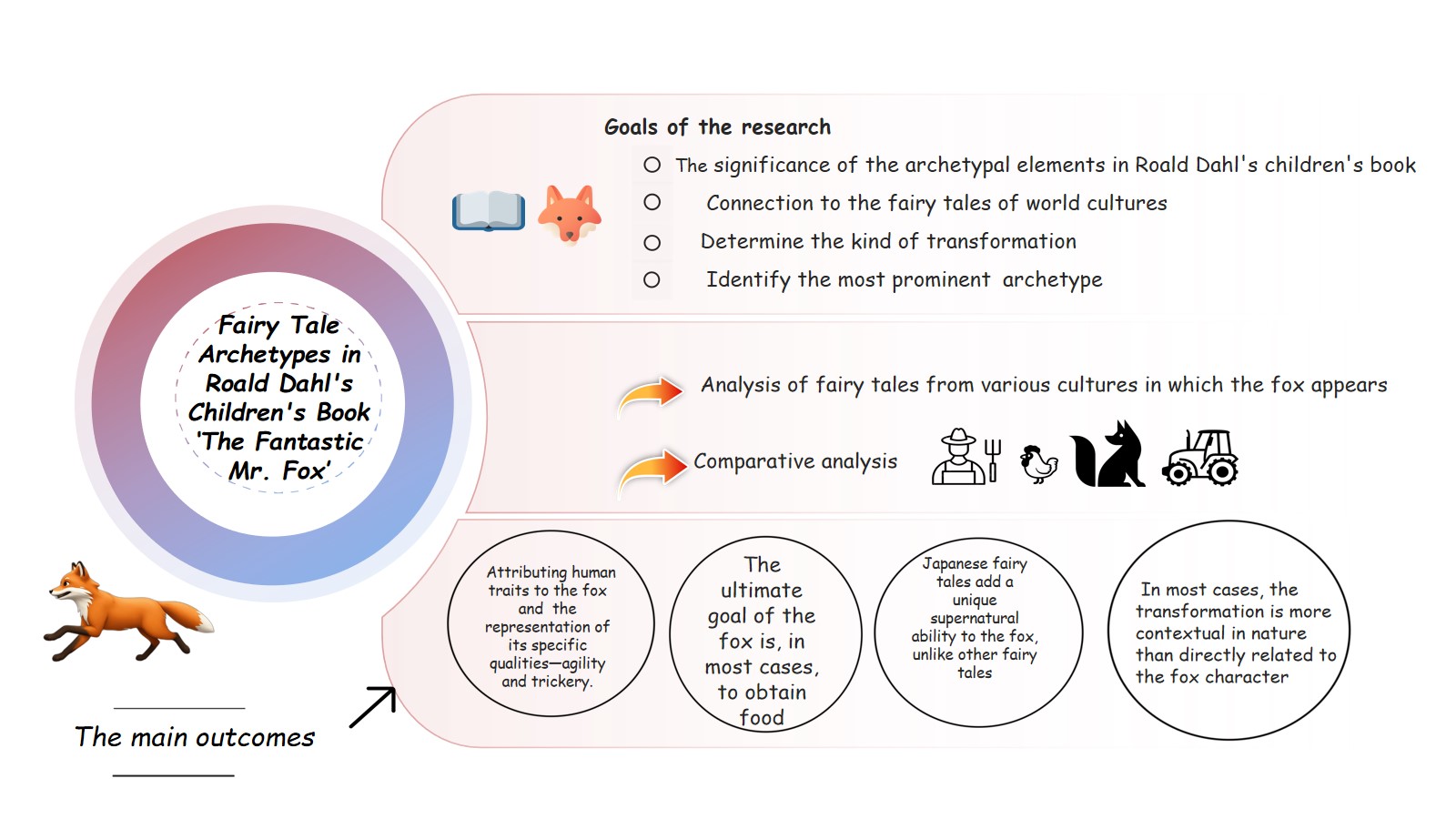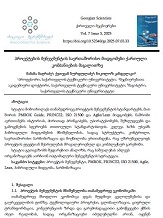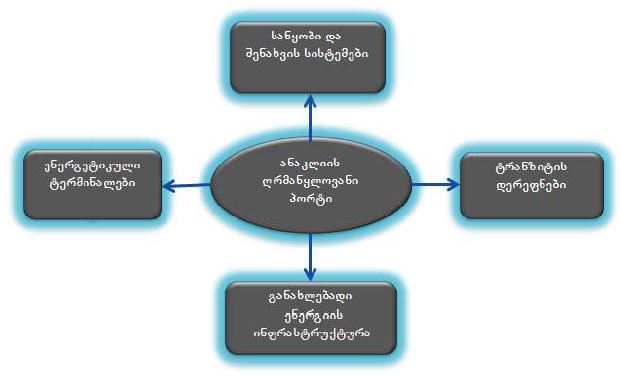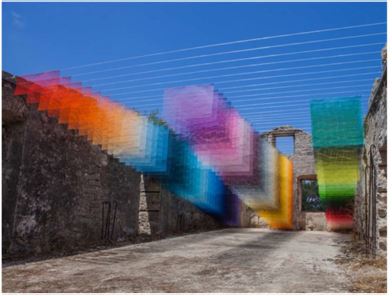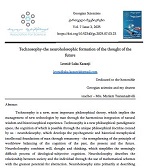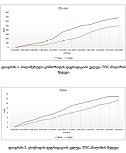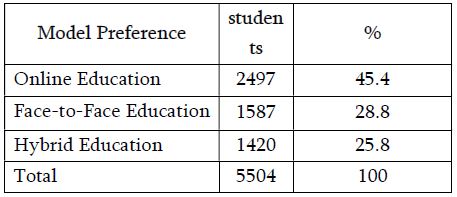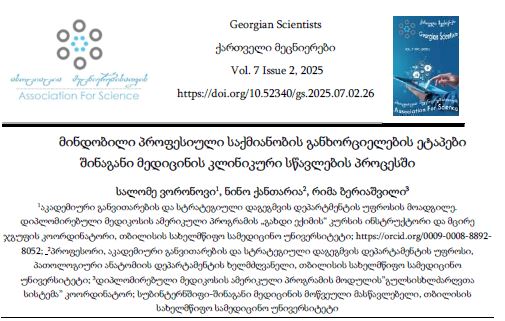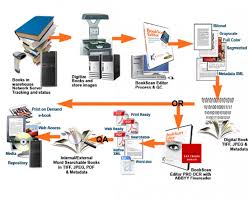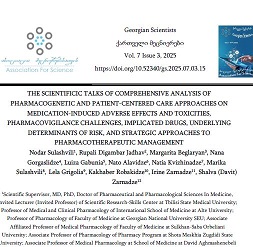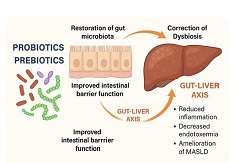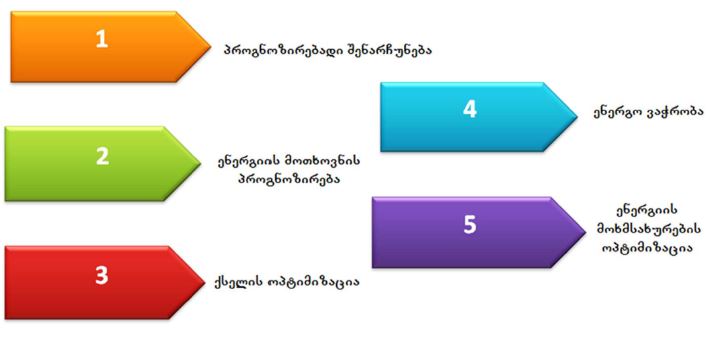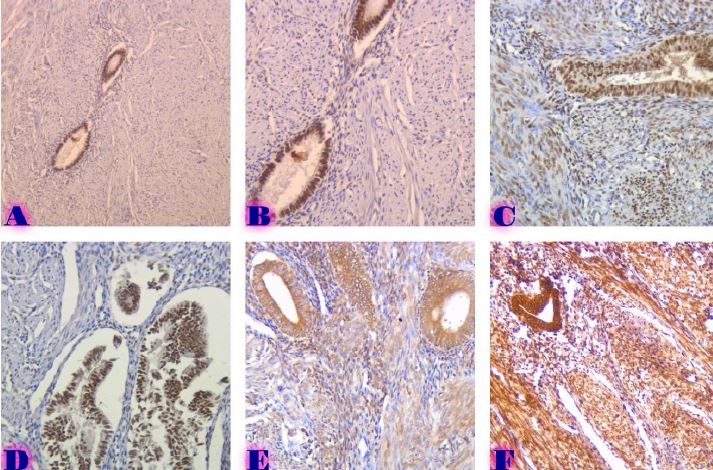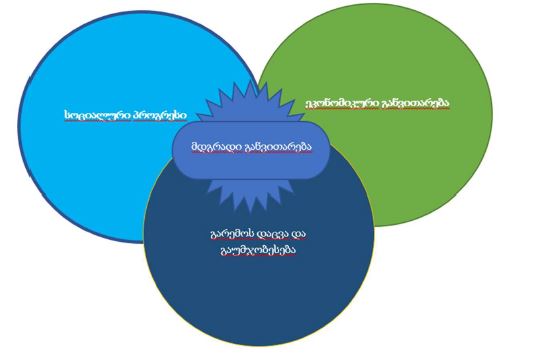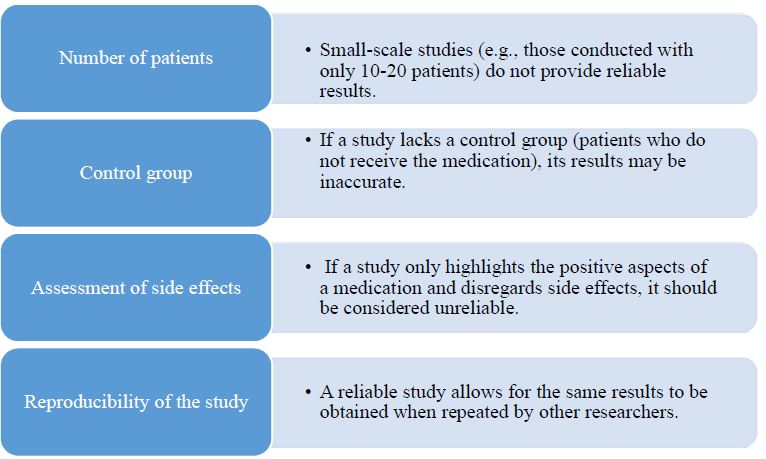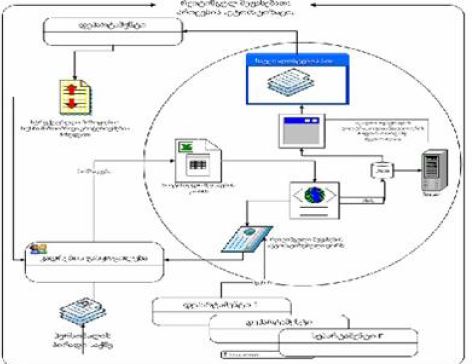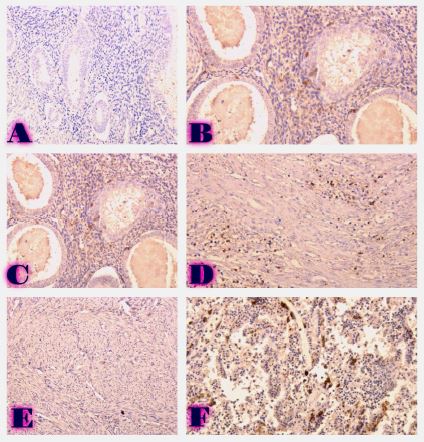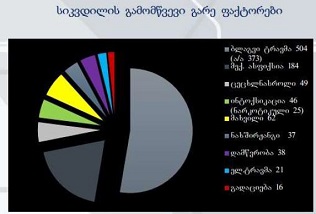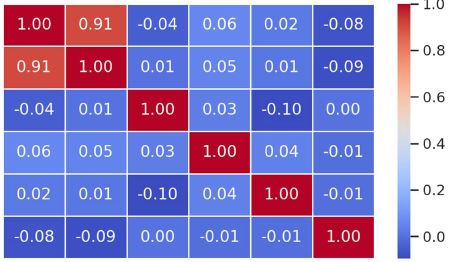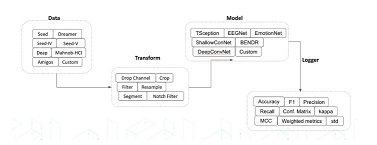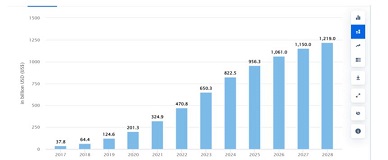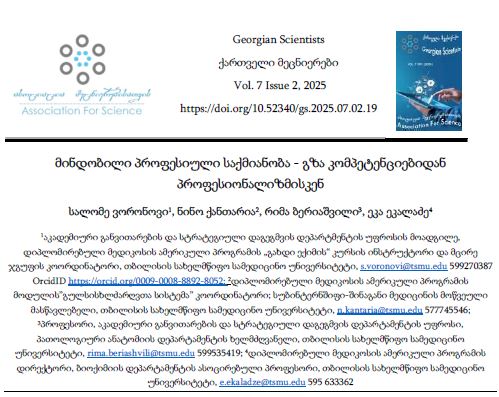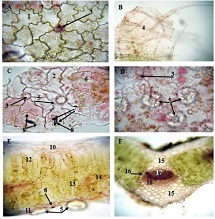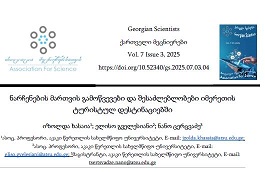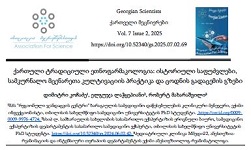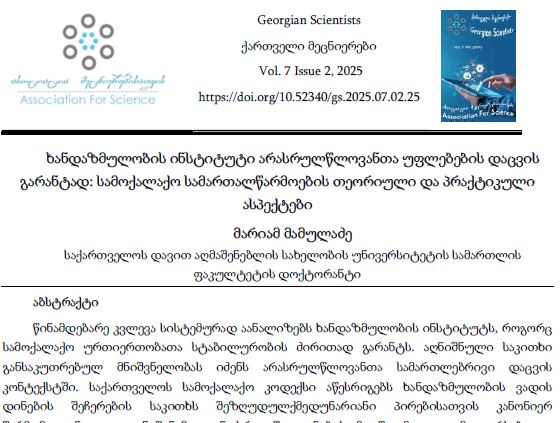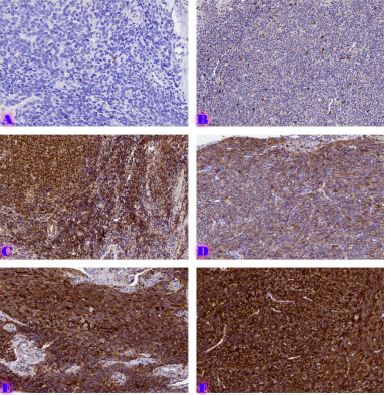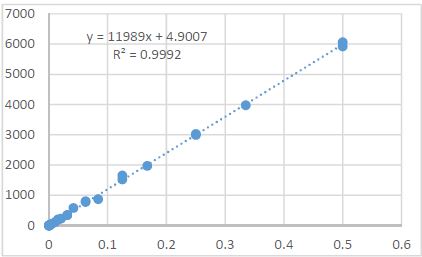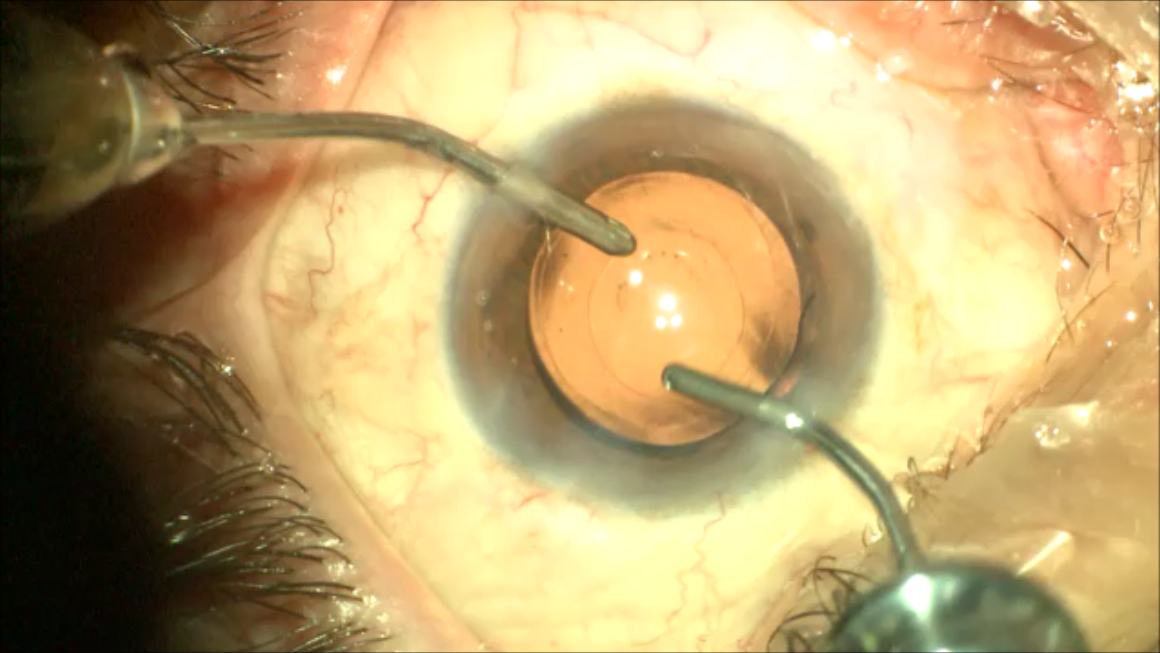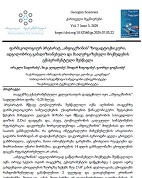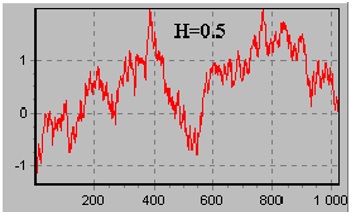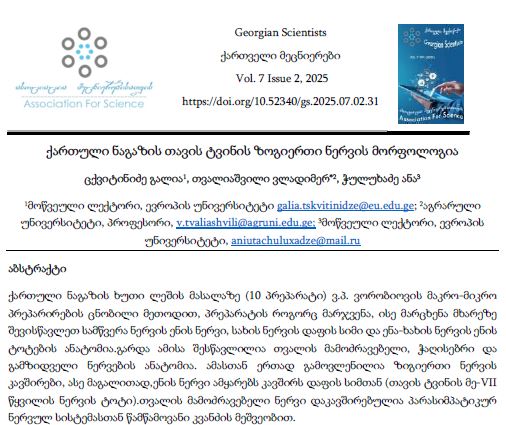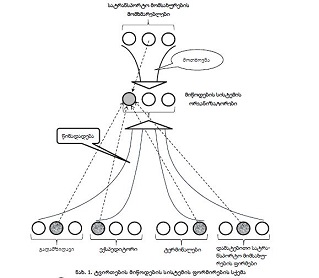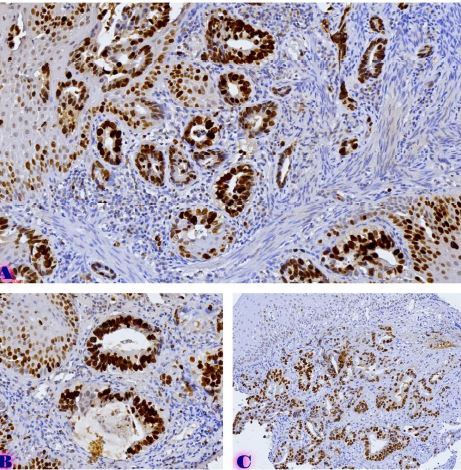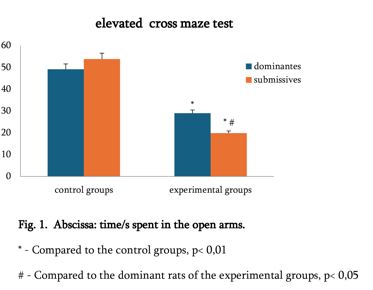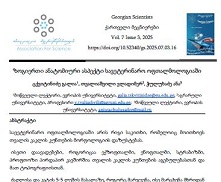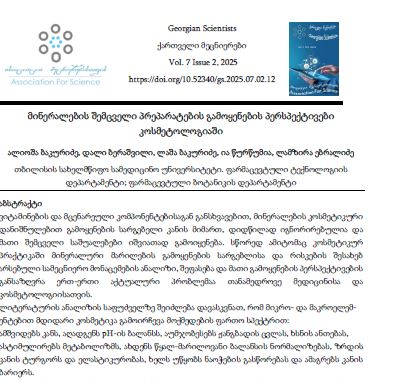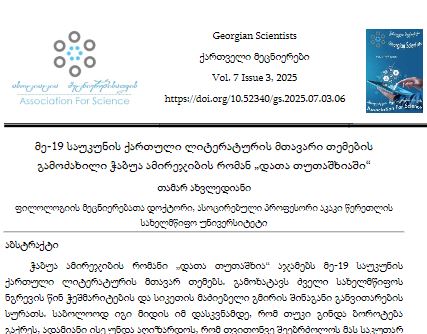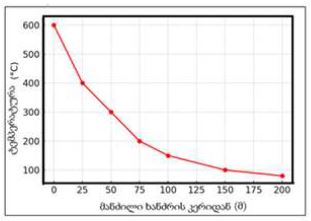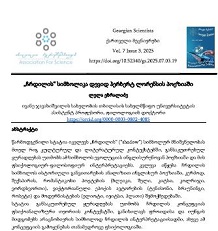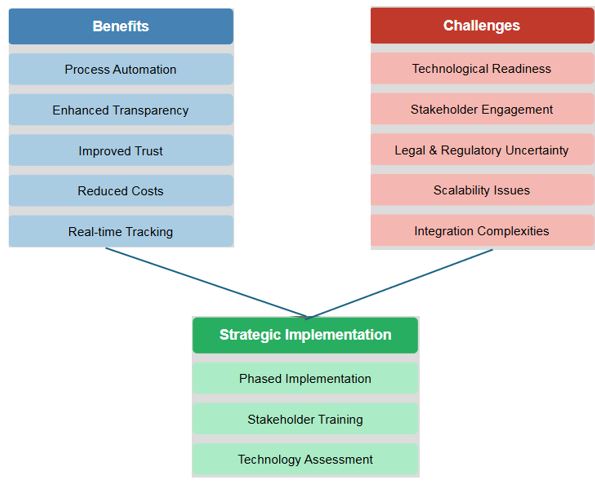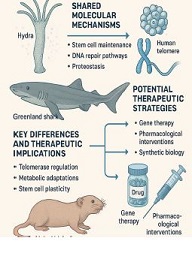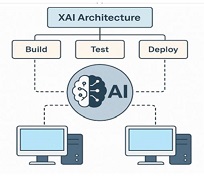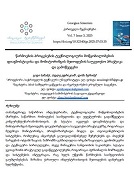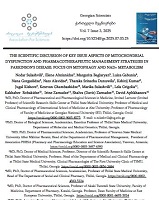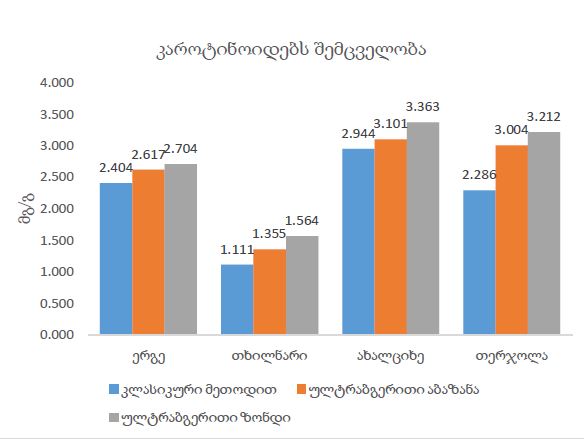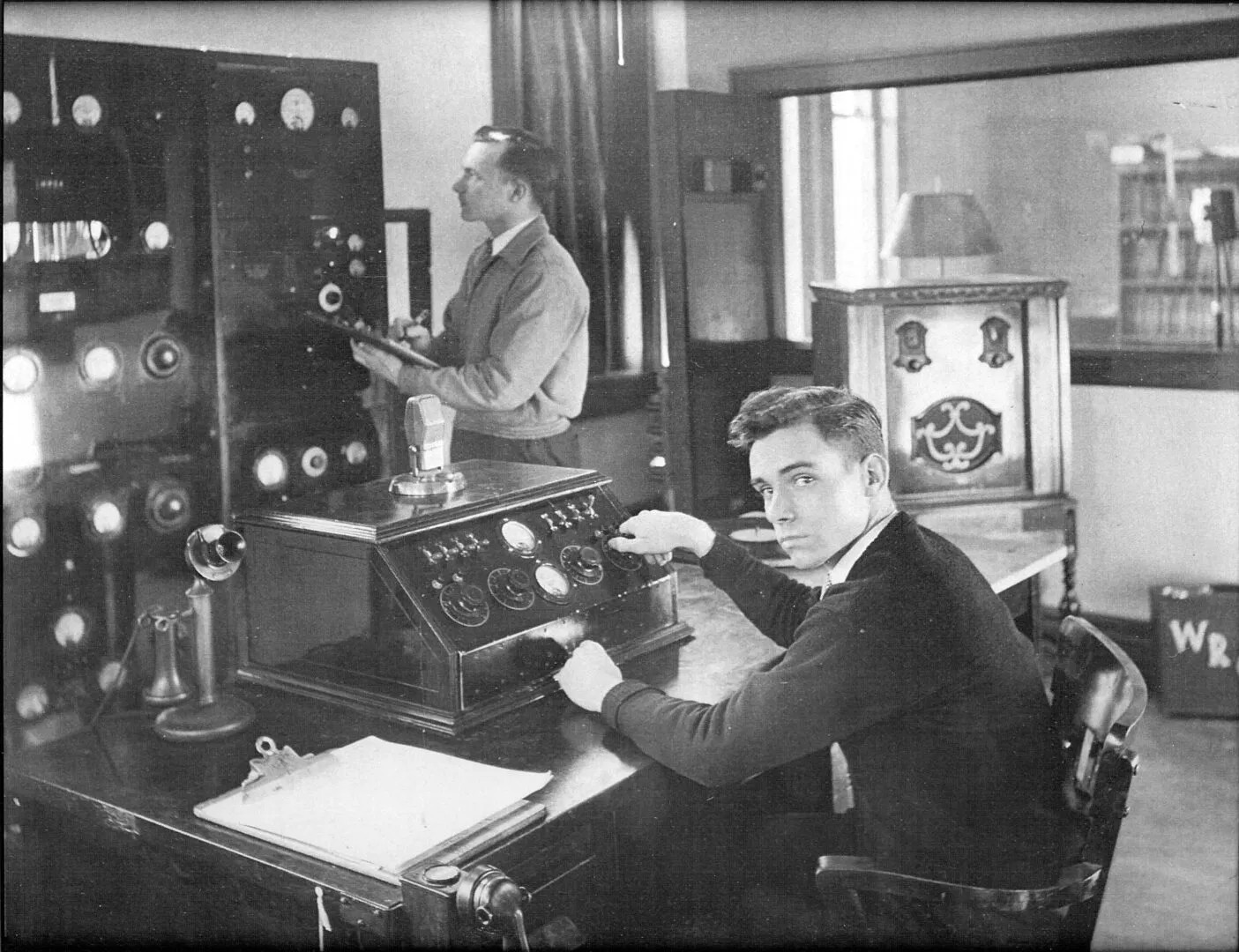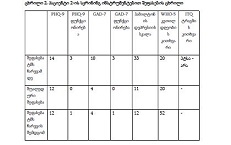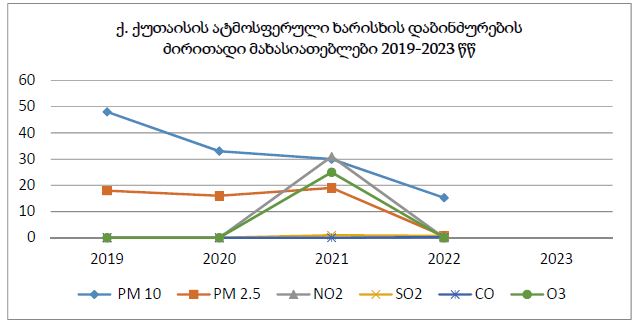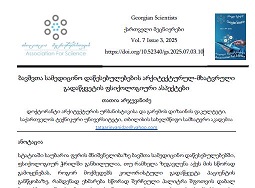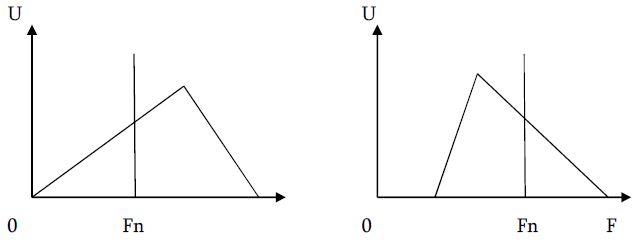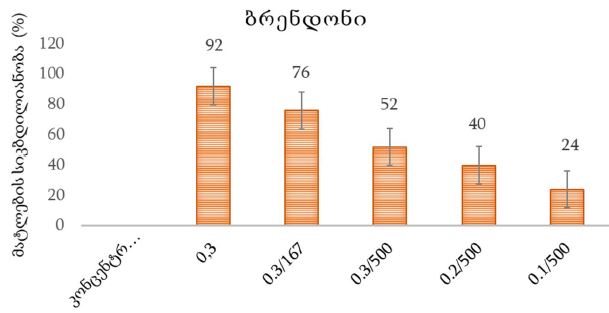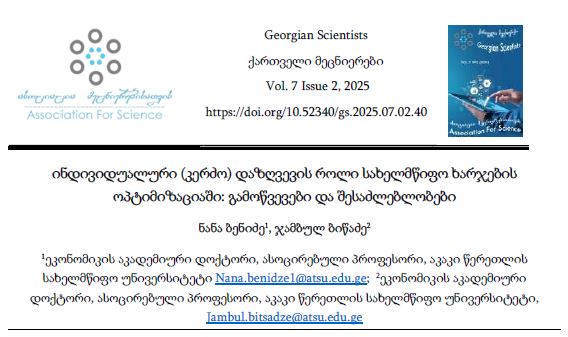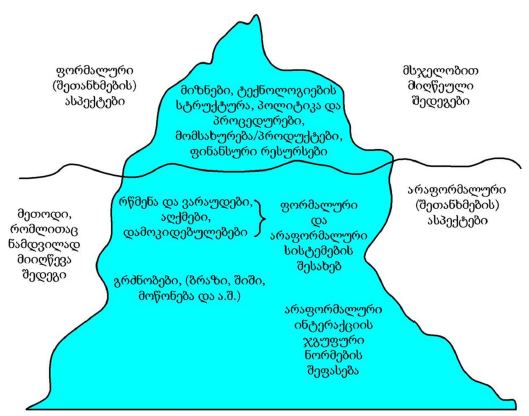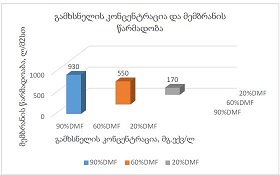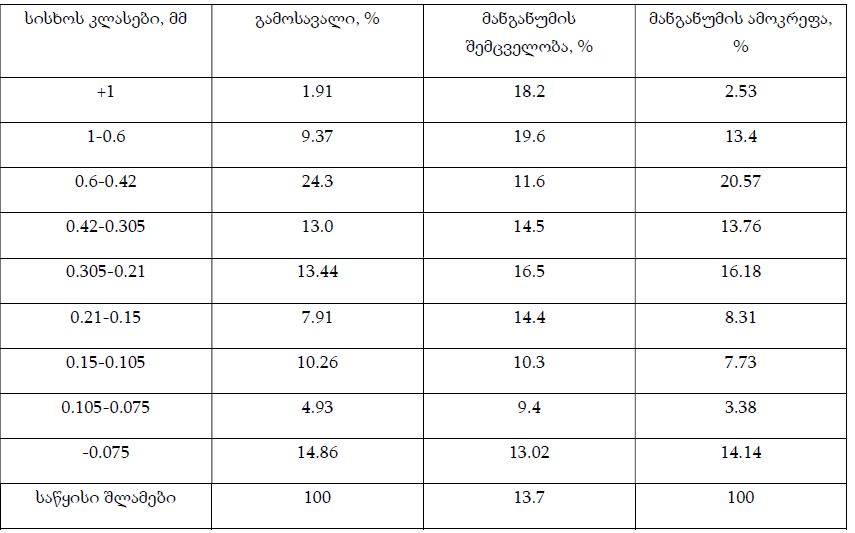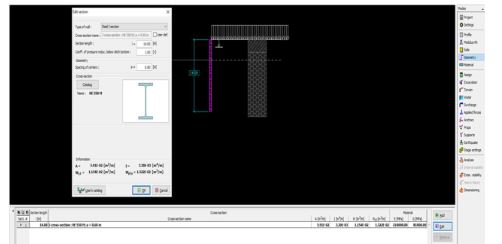ANALYSIS OF THE PARAMETERS OF THE FIRE MODELED IN A ROAD TUNNEL
Downloads
The essence of the problem lies in the experimental study of the laws governing the changes in the aerodynamics of air flow and the most important ventilation parameters, taking into account the effect of fire. During the experiments, the aerodynamics of the tunnel is complicated by the presence of additional resistance, and the variables will be: the slope of the tunnel, the heat release rate, the cross section of the tunnel, the ratio of the width of the tunnel to the height, the fill factor of the tunnel by transport. The solution to the problem is an improved ventilation technology in case of fires to save lives. The aim of the research is to study the critical velocity, the backlayering length and the gradient-factor using numerical and physical models, as well as mathematical analysis for the downward movement of fresh air, when the fresh air inlet is above the fire level. The scale of the physical models is 1:40 and 1:60. Numerical models are full scale using of modern engineering technique Pyrosim and Fluent. The generalization of the results is carried out using piece-wise constant functions. The obtained results are also be compared with similar results known from scientific literature.
Downloads
Metrics
A. Beard, R. Carvel (2012) Handbook of Tunnel Fire Safety, Second edition, Thomas Telford Limited, p. 678.
D. Theologitis (2005) Euro transport, # 3. pp. 16 – 22.
UN, Economic and Social Council, Economic Commission for Europe (2001) Report TRANS/AC.7/9. p. 59.
UN, Economic and Social Council, Economic Commission for Europe (2002) Report TRANS/AC.7/11. p. 6.
Lanchava, Omar. "ANALYSIS OF CRITICAL AIR VELOCITY FOR TUNNEL FIRES CONTROLED BY VENTILATION: Print version was published: Mining Journal 1 (42); 2019.-126-132." GEORGIAN SCIENTISTS 3.2 (2021).
Y.Z Li., H. Ingason (2018) Discussions on critical velocity and critical Froude number for smoke control in tunnels with longitudinal ventilation. Fire Safety Journal, Vol. 99, pp. 22-26.
Ɉ. Lanchava, E. Medzmariashvili, N. Ilias, G. Khitalishvili, Z. Lebanidze (2009) Prospects of usage of transformable systems for extinguishing fire in tunnels. International Scientific Conference “Advanced Lightweight Structures and Reflector Antennas”, Tbilisi, pp. 301-308.
O. Lanchava, G. Nozadze, N. Bochorishvili, Z. Lebanidze, N. Arudashvili, M. Jangidze, K. Tsikarishvili (2014) Criteria for evaluation of emergency firefighting in transport tunnels. “Transport Bridge Europe-Asia”, Materials of International Conference, Tbilisi, pp. 29-35.
Lanchava, O., Nozadze, G., & Arudashvili, N. (2021). ANALIZE OF FATAL FIRES IN ROAD TUNNELS AND MEASURES OF ITS PREVENTING: Print version was published: Mining Journal 2(35), 2015. 85-88. GEORGIAN SCIENTISTS, 3(2). https://doi.org/10.52340/gs.2021.312 (in Georgian).
Omar Lanchava, George Nozadze, Irakli Bochorishvili, & Nino Arudashvili. (2021). THE NATURAL AERODYNAMIC OBSERVATION RESULTS OF THE CHAKVI-MAKHINJAURI ROAD TUNNELS: Print version was published: Mining Journal N1 (36), pp. 61-63. GEORGIAN SCIENTISTS, 3(1). https://doi.org/10.52340/gs.02.21.280
O. Lanchava, N. Ilias, G. Nozadze (Jan 2017) Some problems for assessment of fire in road tunnels. Quality Access to Success, Vol. 18, S1, pp. 69-72.
N. Ilias, O. Lanchava, G. Nozadze (Jan 2017) Numerical modelling of fires in road tunnels with longitudinal ventilation system. Quality Access to Success, Vol. 18, S1, pp. 77-80.
O. Lanchava, G. Abashidze, D. Tsverava (Jan 2017) Securing fire safety for underground structures. Quality Access to Success, Vol. 18, S1, pp. 47-50.
J. Lia, Y.F. Li, C.H. Cheng, W.K. Chow (2019) A study on the effects of the slope on the critical velocity for longitudinal ventilation in tilted tunnels. Tunneling and Underground Space Technology, 89, pp. 262-265.
A. Vaitkevicius, R. Carvel (2016) Investigating the Throttling Effect in Tunnel Fires. Fire Technology, Vol. 52, pp. 1619–1628.
O. Lanchava, N. Ilias, G. Nozadze, S.M. Radu, R.I. Moraru, Z. Khokerashvili, N. Arudashvili (2017) The impact of the piston effect on the technological characteristics of ventilation in the subway tunnels. Proceedings of 8th International Symposium “Occupational Health and Safety” SESAM 2017, Bucharest, pp. 342-352.
O. Lanchava, N. Ilias, G. Nozadze, S.M. Radu (Jan 2019) Heat and hygroscopic mass exchange modeling for safety management in tunnels of metro. Quality Access to Success, Vol. 20, S1, pp. 27-33.
O. Lanchava, N. Ilias, G. Nozadze, S.M. Radu, R.I. Moraru, Z. Khokerashvili, N. Arudashvili (2019) FDS MODELLING OF THE PISTON EFFECT IN SUBWAY TUNNELS. Environmental Engineering and Management Journal. Vol. 18, No. 4, pp. 317-325.
Y.Z. Li, B. Lei, H. Ingason (2010) Study of critical velocity and backlayering length in longitudinally ventilated tunnel fires. Fire Safety Journal, Vol. 45, pp. 361-370.
NFPA 502 (2011) Standards for Road Tunnels, Bridges, and Other Limited Access Highways. National Fire Protection Association (NFPA).
P.H. Thomas (1968) The Movement of Smoke in Horizontal Passages against an Air Flow. Fire Research Station. Boreham Wood, p. 8.
C.K. Lee, R.F. Chaiken, J.M. Singer (1979) Interaction between duct fires and ventilation flow: an experimental study. Combustion Science and Technology. Vol. 20, pp. 59-72.
N.H. Danziger, W.D. Kennedy (1982) Longitudinal ventilation analysis for the Glenwood canyon tunnels. Fourth International Symposium on the Aerodynamics & Ventilation of Vehicle Tunnels, BHRA Fluid Engineering. 1982, pp. 169-186.
W.D. Kennedy (1996) Critical velocity: past, present and future. Seminar of Smoke and Critical Velocity in Tunnels, JFL Lowndes, pp. 305–322.
H. Wan, Z. Gao, J. Han, Y. Zhang (2019) A numerical study on smoke back-layering length and inlet air velocity of fires in an inclined tunnel under natural ventilation with a vertical shaft. International Journal of Thermal Sciences, Volume 138, pp. 293-303.
O. Lanchava, N. Ilias (2020) Calculation of railway tunnels ventilation. Journal of Engineering Sciences and Innovation, Volume 5, Issue 1 / 2020, pp. 69-86.
Copyright (c) 2021 Omar LANCHAVA, Nicolae ILIAS, Sorin Mihai RADU, Leon MAKHARADZE, Teimuraz KUNCHULIA, Nino ARUDASHVILI, Zaza KHOKERASHVILI

This work is licensed under a Creative Commons Attribution-NonCommercial-NoDerivatives 4.0 International License.





